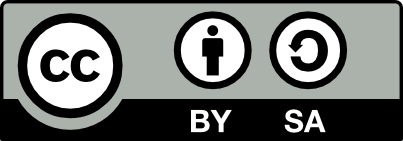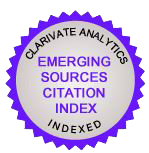Crimen y castigo y Match Point. Más allá del azar
Keywords:
Crimen y castigo, Match Point, Dostoievski, Woody Allen, éticaAbstract
De todos los paralelismos que se pueden trazar entre la novela Crimen y castigo y la película Match Point, la importancia de la suerte (o la ausencia de ella) y la aleatoriedad que afecta a nuestras vidas son quizás las más significativas. Asimismo, existe una clara correspondencia entre los protagonistas: Chris Wilton y Rodia Raskólnikov. El estado de ánimo y la actuación antes y después del crimen tanto de Chris como de Rodia también coinciden. Parece que Woody Allen quiere transformar las palabras de Dostoievski en imágenes. Además, los personajes están configurados por las armas que usan para cometer sus crímenes: un hacha y una escopeta. No obstante, abrumados por su propio estado de ánimo, concebirán sus asesinatos de una manera diversa. Las apariciones son otro elemento que podemos encontrar en ambas obras. Otras comparaciones pueden proyectarse en relación al móvil del crimen. Todas estas correspondencias son analizadas en este artículo. Nuestro objetivo es reflejar las similitudes entre Crimen y castigo y Match Point. Sin embargo, al mismo tiempo, queremos subrayar las propuestas diferentes de Woody Allen y Dostoievski. Así, a diferencia del novelista ruso, el director americano defiende que no siempre el crimen conduce al castigo, y que la inmoralidad es inherente a algunas personas.Downloads
Downloads
Published
How to Cite
Issue
Section
License

CC BY-SA: This license allows reusers to distribute, remix, adapt, and build upon the material in any medium or format, so long as attribution is given to the creator. The license allows for commercial use. If you remix, adapt, or build upon the material, you must license the modified material under identical terms.
CC BY-SA includes the following elements:
BY ![]() – Credit must be given to the creator
– Credit must be given to the creator
SA ![]() – Adaptations must be shared under the same terms
– Adaptations must be shared under the same terms
Authors who publish with this journal agree to the following terms:
1. Authors retain copyright and grant the journal right of first publication with the work simultaneously licensed under a Creative Commons Attribution License that allows others to share the work with an acknowledgement of the work's authorship and initial publication in this journal.
2. Authors are able to enter into separate, additional contractual arrangements for the non-exclusive distribution of the journal's published version of the work (e.g., post it to an institutional repository or publish it in a book), with an acknowledgement of its initial publication in this journal.
3. Authors are permitted and encouraged to post their work online (e.g., in institutional repositories or on their website) prior to and during the submission process, as it can lead to productive exchanges, as well as earlier and greater citation of published work (See The Effect of Open Access).












